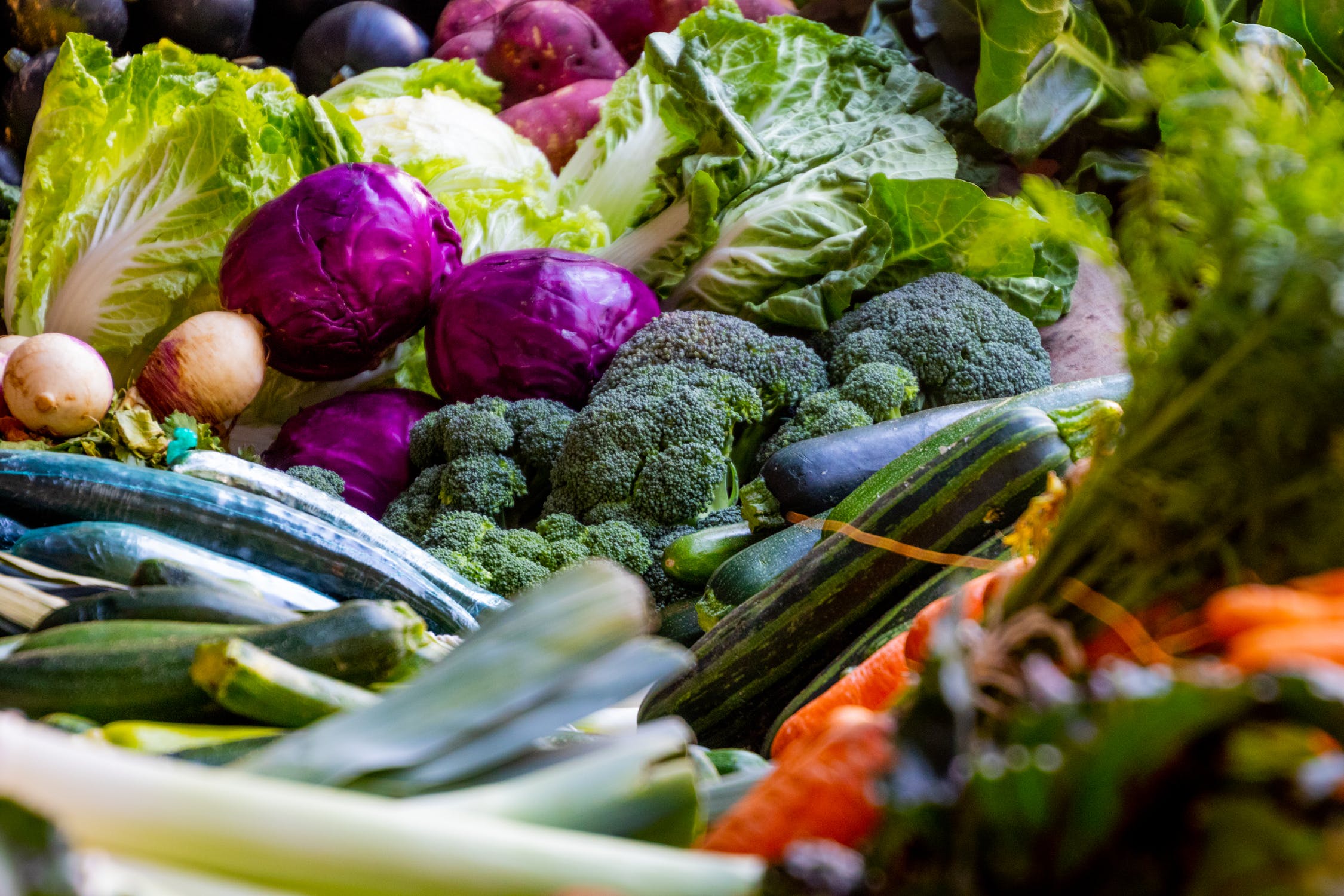AIP, Paleo, and the benefits of an Anti-Inflammatory Diet

By now, you’ve probably heard of the Paleo Diet, which is a diet based on foods our early ancestors might have eaten. Essentially, the diet is trying to move away from processed foods, grains, dairy, potatoes, salt, and sugar. Some people choose this type of diet for health benefits while others choose it mainly as a way to lose weight. What some people don’t realize, however, is the Paleo Diet has anti-inflammatory properties because it removes many foods that cause an inflammatory response in the body. Due to this, the Paleo Diet has influenced another diet plan, called the Auto Immune Protocol Diet, or AIP for short.
From the outset, the AIP diet looks similar to the Paleo Diet, but with a few added rules for different purposes. It’s designed to help people who suffer from autoimmune disease. Of course, everyone’s bodies are different and everyone’s health is unique, but the hypothesis is that if all inflammatory foods are removed from the body, a person’s gut health will improve, thus reducing the normal symptoms of various autoimmune diseases.
To start, the AIP Diet is a gradual diet. The first stage of the diet is very restrictive and removes many foods thought to be immune triggers:
- Seeds
- Nuts
- Grains
- Beans/Legumes
- Added sugar
- Dairy
- ALL processed foods
- Alcohol
- Chocolate
- Nightshades (tomatoes, peppers, eggplant, etc.)
- Certain seasonings like paprika
- Eggs
- Certain refined cooking oils
After removing everything, you give your body time to adjust. After a period of 30-60 days, start adding foods back into your diet one by one. Take note of which foods are being added back in because this is the period when you want to pinpoint the food that is causing a negative immune response. For example, if seeds and nuts have been added back in and you feel fine, then those might not be the culprits. If sugar is added in and you notice a major shift in how your body feels, there’s a good chance you shouldn’t be eating sugar. The diet focuses on overall body health rather than just weight loss and attempts to rejuvenate the good bacteria in your body, hopefully re-strengthening the immune system.
Each food mentioned is removed for a specific reason and generally, it is not recommended to continue the restricted version of the diet after the initial reduction stage. Foods that are reintroduced and cause a negative response should, of course, be removed, but not all foods on the restricted list will elicit a negative response. Some people find a symptomatic reduction from removing only a few different types of immunogenic foods.
Along with changing diet to combat autoimmune disease, it could be helpful to do a food intolerance test with a medical professional. This way, you can see the exact foods that your body reacts to and can focus on eliminating them from your diet. Likewise, it is also important to prioritize sleep, exercise, and everyday stress reduction when combatting an autoimmune disease.
Max Gottlieb is the content editor for Senior Planning in Phoenix, Arizona. Senior Planning is a free service for seniors who need help arranging care services, claiming benefits, and finding the living situation that best fits their needs.
